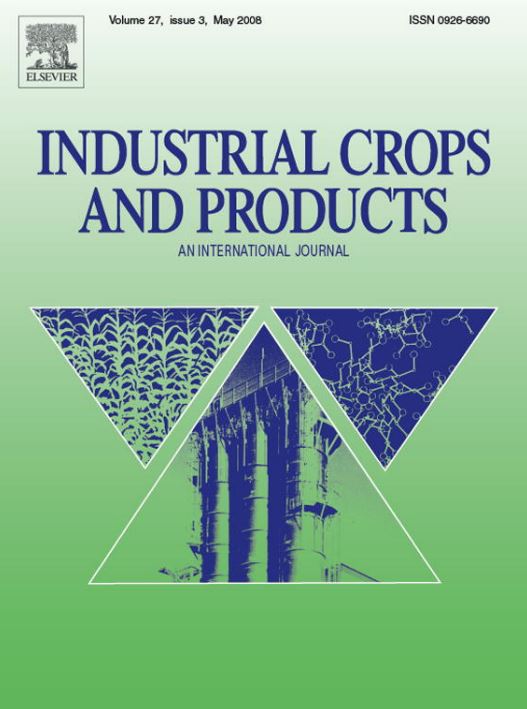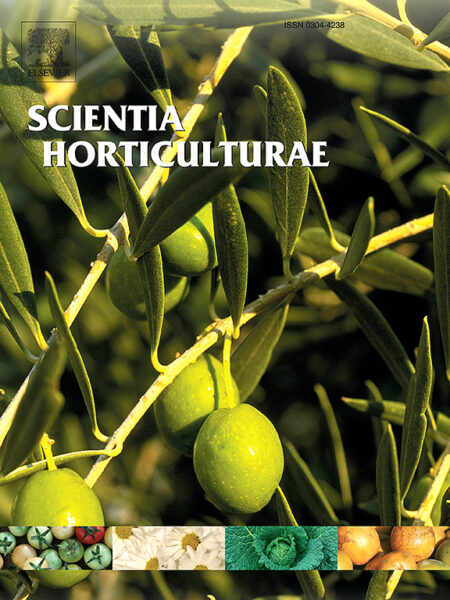Abstract
Standardized pharmaceutical-grade cultivation of Cannabis sativa L. increasingly relies on soilless systems for precision, reproducibility, and regulatory compliance. This review examines the role of inert and semi-inert growing media in indoor cannabis production, focusing on their physical properties, agronomic performance, and sustainability. A systematic literature search was conducted using databases such as Scopus, Web of Science, and Google Scholar, emphasizing peer-reviewed original research, experimental trials, and relevant review articles. Evaluated substrates include rockwool, coconut coir, peat-based blends, perlite, vermiculite, expanded clay, foamed glass, phenolic foam, and biochar. Findings show that substrate selection strongly affects vegetative growth, rooting, and flower yield, while cannabinoid concentrations remain primarily genotype-driven under stable environmental and nutritional conditions. Substrate-specific traits such as aeration, water-holding capacity, and nutrient buffering significantly influence biomass production and resource-use efficiency. Rockwool remains the industry standard due to its uniformity and compatibility with fertigation systems, but renewable alternatives like coconut coir and biochar are gaining traction. This review underscores the importance of substrate selection in cannabis cultivation and identifies research gaps in genotype-specific responses and the development of sustainable growing media.




